Types of bricks by material
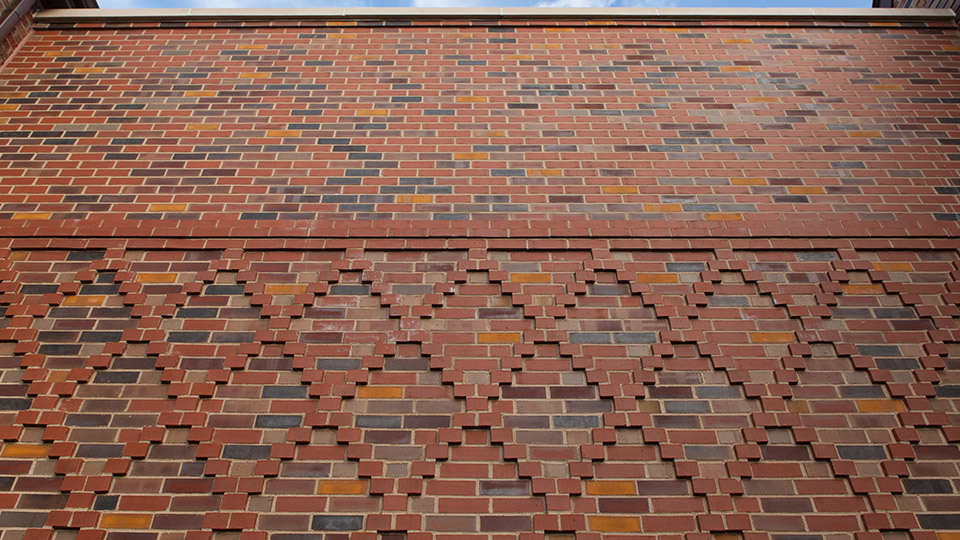
Introduction
Brick is one of the oldest and most widely used building materials, utilized in construction from ancient times to the present day. Bricks are made from various raw materials, and depending on their composition, they differ in physical properties, strength, color, and applications. Understanding the different types of bricks based on their material composition is crucial for selecting the right building materials for any construction project.
1. Clay Brick
Clay brick is the most common type of brick, made from a mixture of clay and water, molded into shape, dried, and then fired in a kiln.
Characteristics:
High compressive strength
Natural red to orange color
Good thermal insulation
Long durability
Applications:
Wall construction
Building façades (as facing bricks)
Arches and traditional vaults
2. Sand-Lime (Silicate) Brick
This type of brick is made from a mixture of approximately 90% sand and 10% lime. Unlike clay bricks, sand-lime bricks are not fired, but are cured using high-pressure steam (autoclaving).
Characteristics:
White to light gray color
Smooth and uniform surface
Good compressive strength
Relatively lighter weight
Applications:
Interior and exterior walls
Prefabricated building structures
3. Firebrick (Refractory Brick)
Firebrick is made from refractory clays containing alumina, silica, and other heat-resistant minerals.
Characteristics:
Can withstand temperatures above 1500°C
Resistant to thermal shock
Available in a range of colors (yellow, cream, brown)
Applications:
Furnaces and chimneys
Fireplaces and stoves
Building façades (as decorative refractory bricks)
4. Hollow Clay Brick (Terracotta Block)
This type of brick is made from clay and mineral additives, but in larger, often hollow forms to reduce weight.
Characteristics:
Lightweight
Good thermal and sound insulation
Reduces mortar usage and increases construction speed
Applications:
Non-load-bearing walls
Beam-and-block ceilings
5. Concrete Brick
Concrete brick is made from cement, sand, gravel, and water, molded and cured either in open air or with steam.
Characteristics:
High compressive strength
Heavier weight
Can be produced in a wide range of colors and textures
Applications:
Pavements, sidewalks, and outdoor flooring
Load-bearing walls in industrial buildings
6. Glazed Brick
Glazed brick is a type of clay brick coated with a ceramic glaze and then fired in a kiln.
Characteristics:
Smooth and glossy surface
Resistant to moisture and pollution
Available in a wide variety of colors
Applications:
Exterior and interior building façades
Decorative architectural elements in both traditional and modern designs
Conclusion
The choice of the right type of brick depends on climate conditions, intended use, load-bearing requirements, aesthetics, and project budget.
Clay and firebricks are ideal for façades and structures requiring high strength.
Hollow clay and concrete bricks are better suited for lightweight and cost-effective walls.
Familiarity with the characteristics of each type of brick enables smarter design and construction decisions, ensuring both functionality and long-term durability in architectural projects.


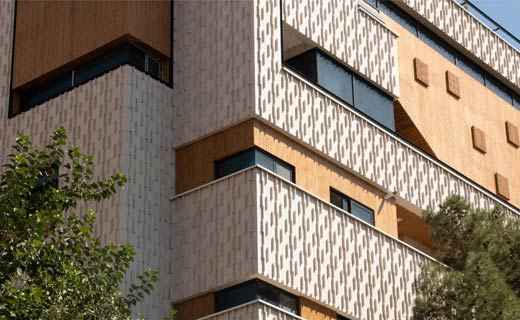
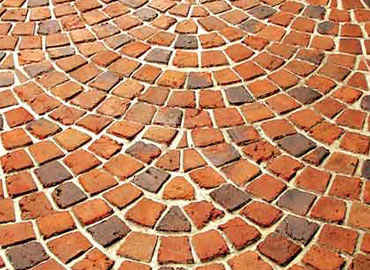
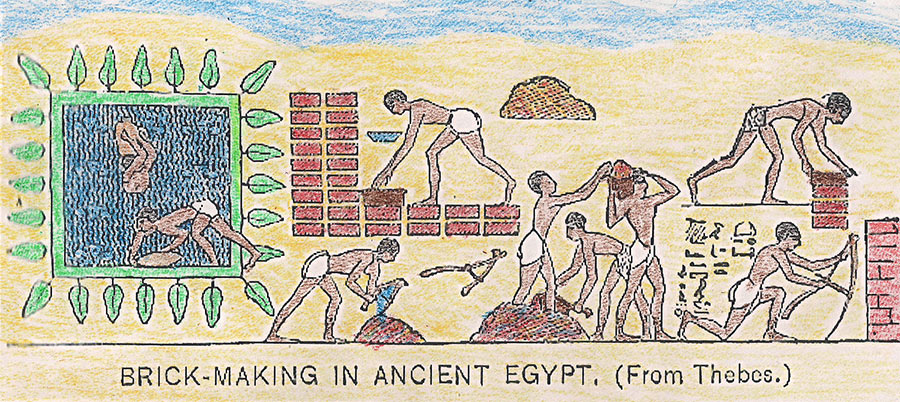
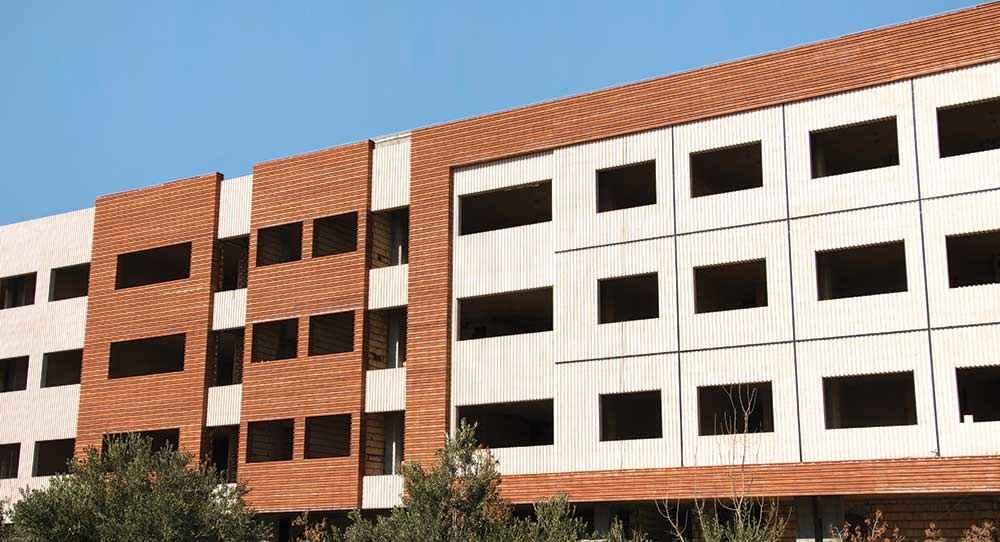
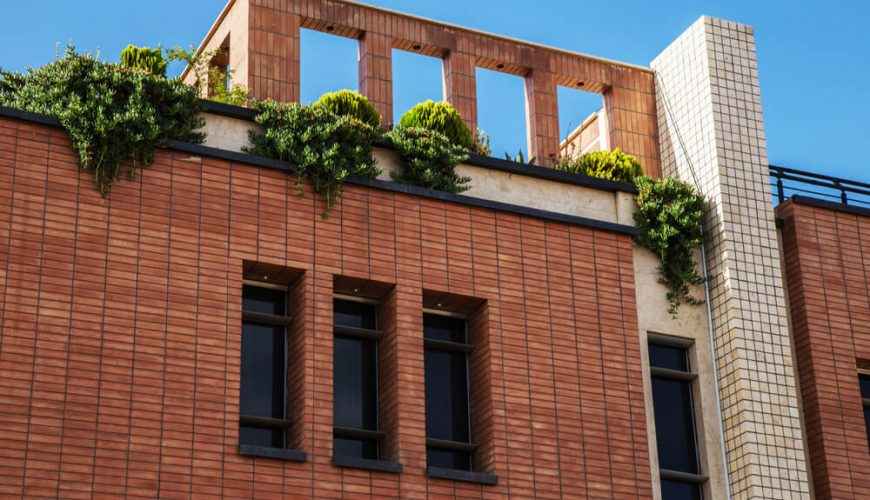
Comments
Your Comments
Comments